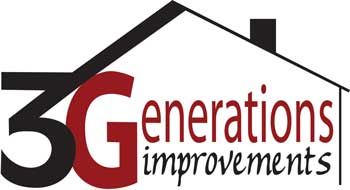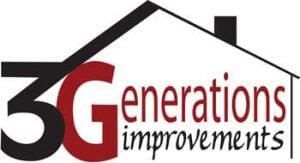Complying with Energy Codes
With the recognition that insulated siding provides insulating value that can ultimately lead to reduced energy use, a number of building and energy efficiency programs have recognized insulated siding as home insulation.
The International Energy Conservation Code serves as the regulatory tool for energy-efficient construction. There are several sections of the code where the use of insulated siding is an option for compliance:
Per Section 402 of the 2009 IECC, Building Thermal Envelope, the rated R-value of insulated siding can be used to calculate a whole wall U-factor when insulated siding is applied.1
When properly installed, insulated siding can meet the definition of “continuous insulation” in American Society of Heating, Refrigeration and Air-Conditioning Engineers (ASHRAE) 90.1, which is referenced in the 2009 IECC.2
Under the 2012 IECC, the R-value of insulated siding may be used to satisfy the insulation requirements of Table 402.1.1 when insulated siding is used as continuous insulation.3
Qualifying for Energy Programs
Due to its ability to reduce the heat loss from the “thermal bridging” effect, insulated siding can help qualify homes under the ENERGY STAR® Qualified Homes Program.
The federal Weatherization Assistance Program enables low-income families to permanently reduce energy bills by making homes more energy-efficient. Insulated siding is a viable option for homes participating in some weatherizing programs, as it can be installed without disturbing the interior or exterior surfaces of the home and can insulate locations that are traditionally difficult to insulate.
Learn more about how insulated siding complies with both energy codes and energy efficiency programs with the building industry’s go-to resource, Insulated Siding as Home Insulation: Guide for Users and Energy Raters.
1.International Code Council, 2009 International Energy Conservation Code, Section 402.
2. ASHRAE, ASHRAE 90.1-2007 Energy Standard for Buildings Except Low-Rise Residential Buildings; International Code Council, 2009 International Energy Conservation Code, Chapter 2, Definitions.
3. International Code Council, 2012 International Energy Conservation Code (to be published Spring 2011), Section 402.

